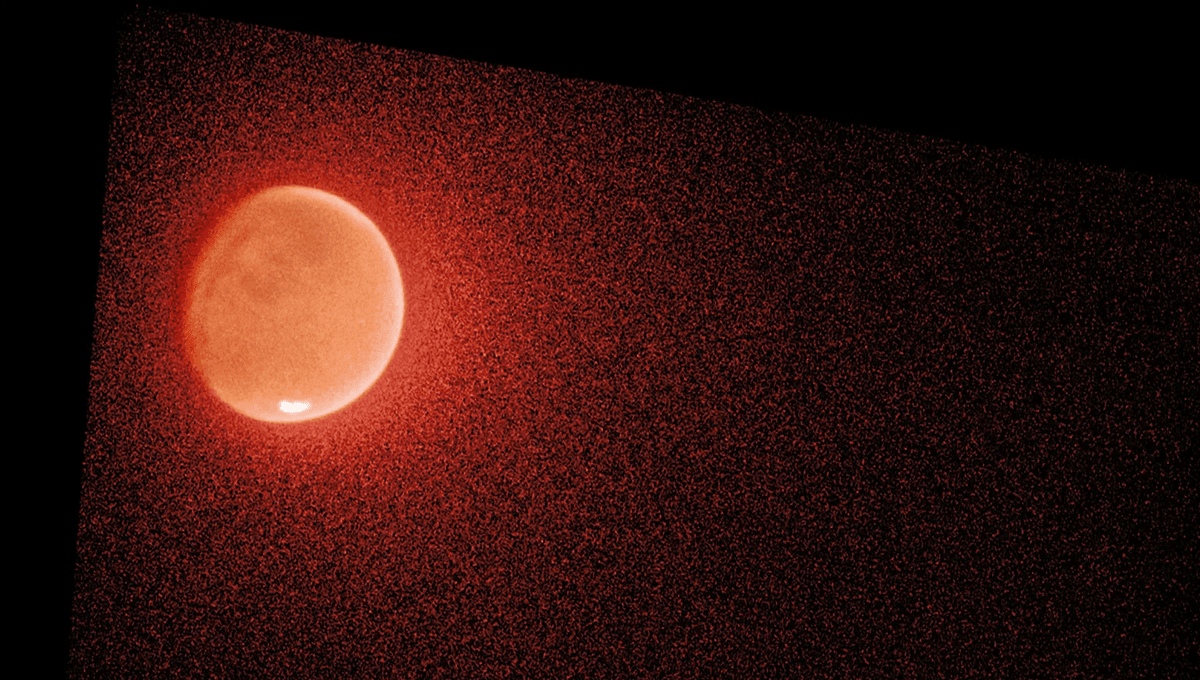
Mars is a frigid desert today but it used to be a very wet world. The jury is still out on whether it was cold and wet or warm and wet, but water was abundant. Where did all that water go? Some went underground and some escaped into space, together with most of the planet’s atmosphere. Researchers have tried to quantify how much water has been lost to space, and getting to the answer is more complex than one might think.
“There are only two places water can go [on Mars]. It can freeze into the ground, or the water molecule can break into atoms, and the atoms can escape from the top of the atmosphere into space,” study leader John Clarke of the Center for Space Physics at Boston University, said in a statement. “To understand how much water there was and what happened to it, we need to understand how the atoms escape into space.”
Mars is smaller than Earth, has a thin atmosphere, and has no magnetic field. The most simplistic view sees water vapor rising in the atmosphere, where sunlight splits it into hydrogen and oxygen, then the lighter hydrogen is blown away from the planet. But Mars is not a static world in a static Solar System. Water vapor concentrations, amounts of sunlight, and the effect of the solar wind change significantly from season to season.
“In recent years scientists have found that Mars has an annual cycle that is much more dynamic than people expected 10 or 15 years ago,” explained Clarke. “The whole atmosphere is very turbulent, heating up and cooling down on short timescales, even down to hours. The atmosphere expands and contracts as the brightness of the Sun at Mars varies by 40 percent over the course of a Martian year.”
Hydrogen exists in three forms in the universe: your regular one proton one electron version, as well as versions where the proton has one or two neutrons as a companion. The one proton and one neutron combo is called deuterium, and it has the same chemical properties so it can bond to oxygen and form water but it is heavier than regular hydrogen making it more difficult to escape.
It was thought that both hydrogen and deuterium would slowly escape, but observations showed that the escape rate can change rapidly, especially when Mars is closest to the Sun in its orbit. But even that cannot be explained by the temperature of the atmosphere. The team believes that either the solar wind – the stream of charged particles from the Sun – is giving these atoms an extra kick, or maybe there is some chemical reaction in the upper atmosphere that is helping them escape.
The work adds to the growing picture of water on Mars, a picture that informs us about the possibility of life in the distant past of the planet but also of the potential for water on worlds far beyond the Solar System. The work was possible thanks to NASA’s MAVEN spacecraft around Mars as well as Hubble, which could provide measurements of deuterium escaping all the way back to 1991.
The study is published in Science Advances.
Source Link: Martian Water Escaping The Planet Has Wild Seasonal Variations